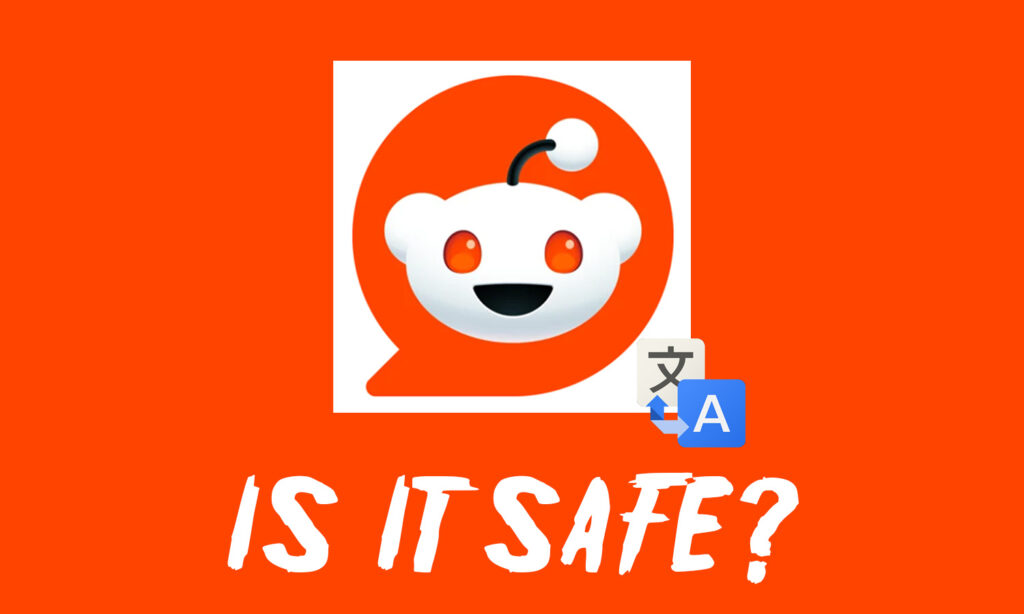Is it safe? Does Google’s evolving view of auto-translated content, and lack of action with Reddit’s AI translations, open the floodgates for site owners?
Update: June 11, 2025Google finally sent me a statement after I asked if they sanctioned the Reddit AI translation situation. I also asked if it was ok now to use AI translations since Reddit was heavily doing that across countries. They have published tens of millions of urls with AI-translated content. Like I originally covered … Read more


